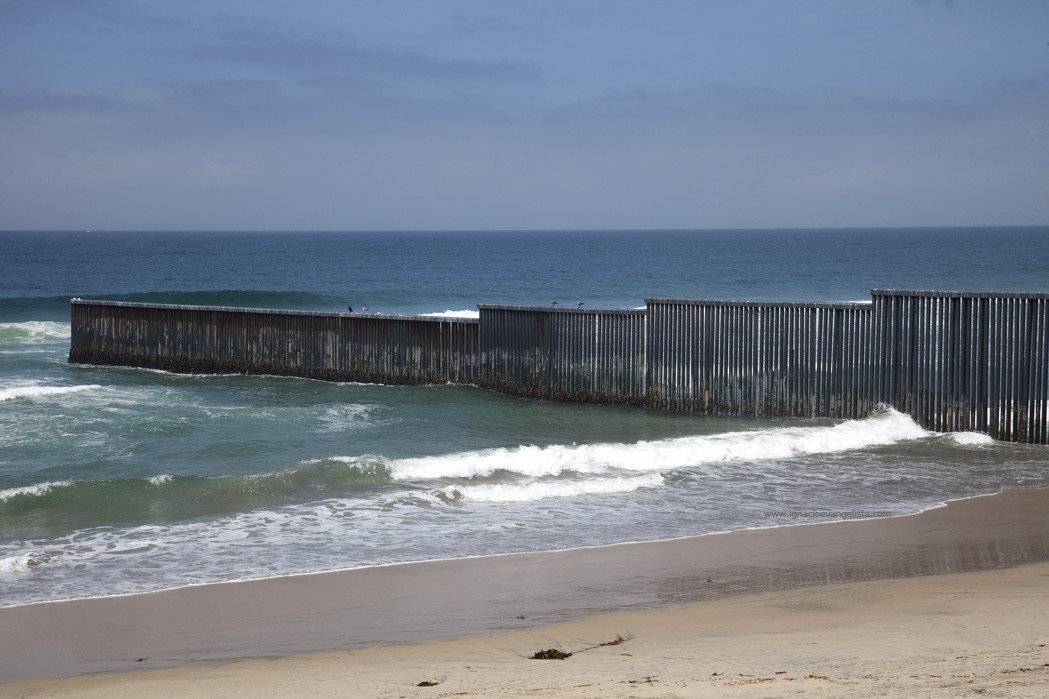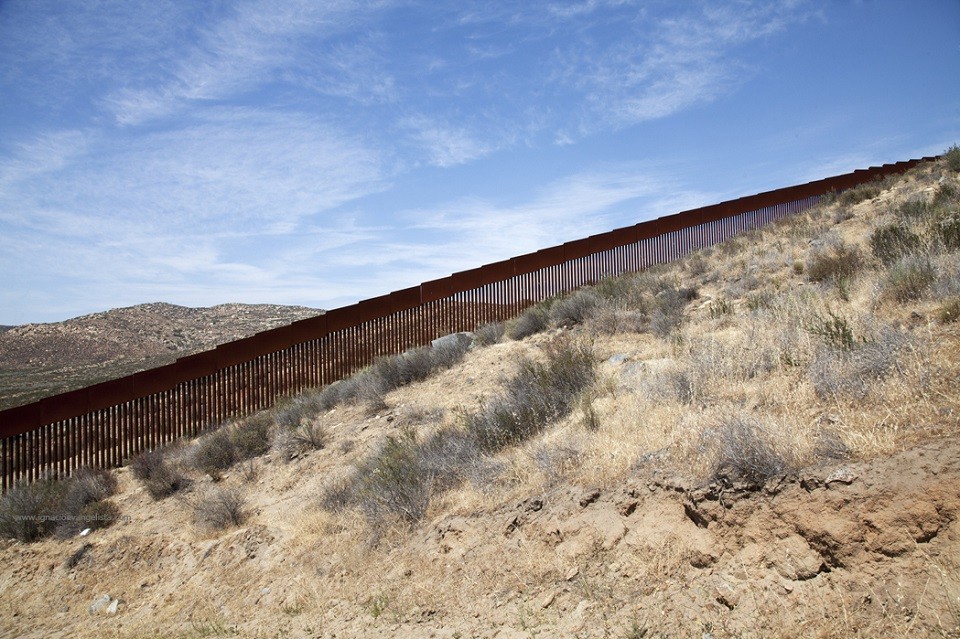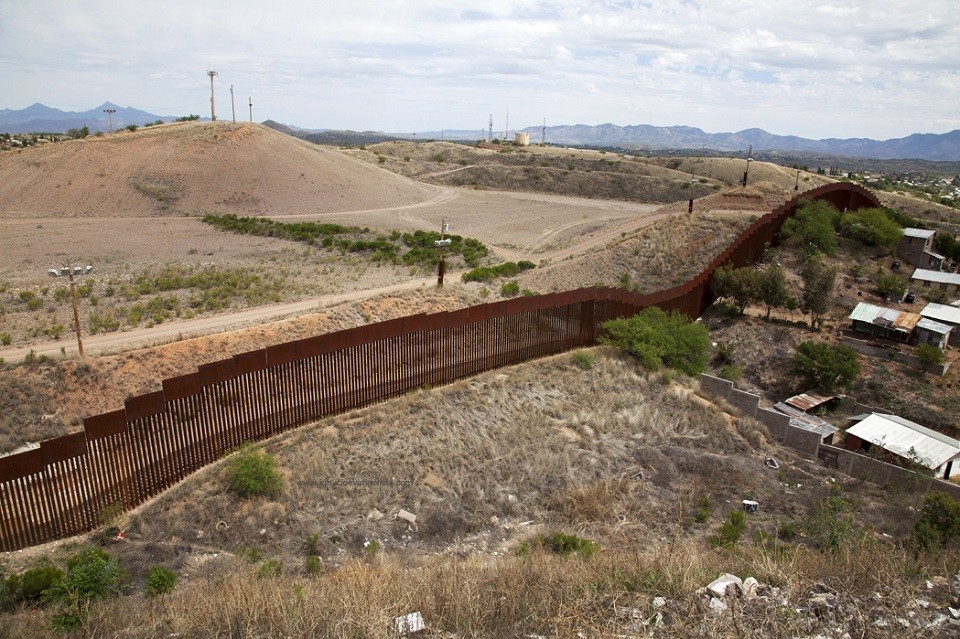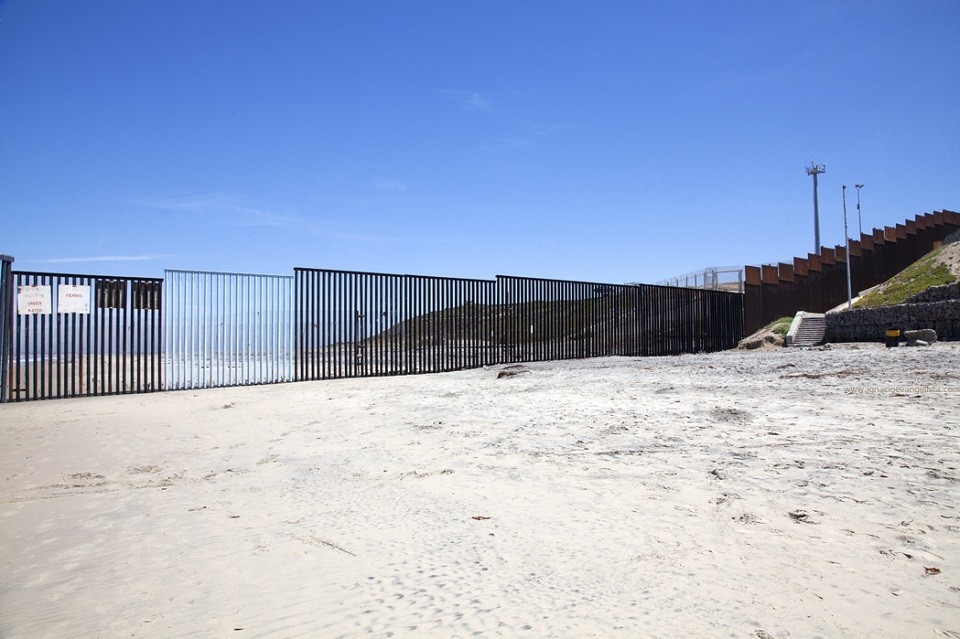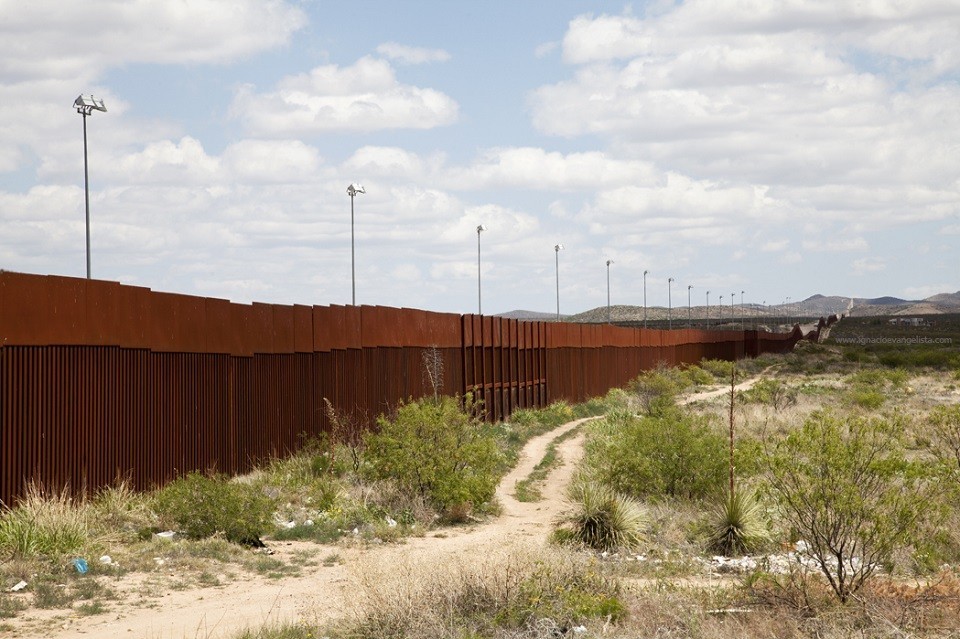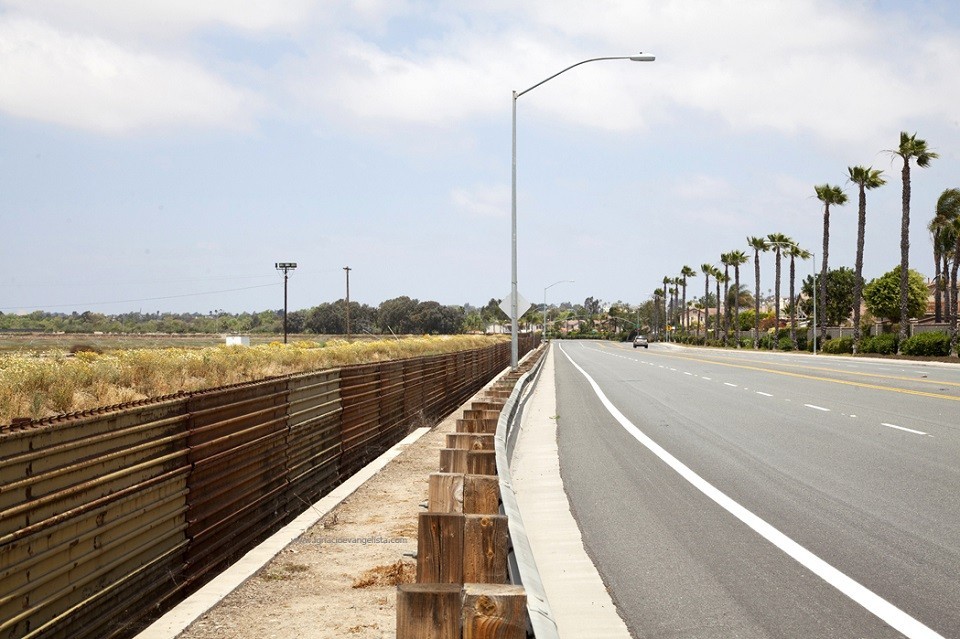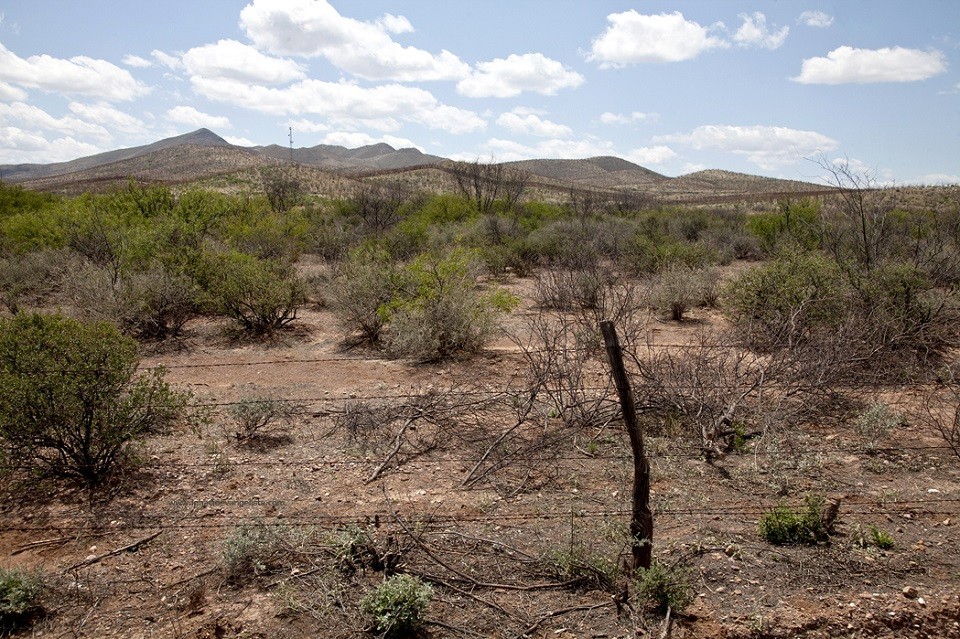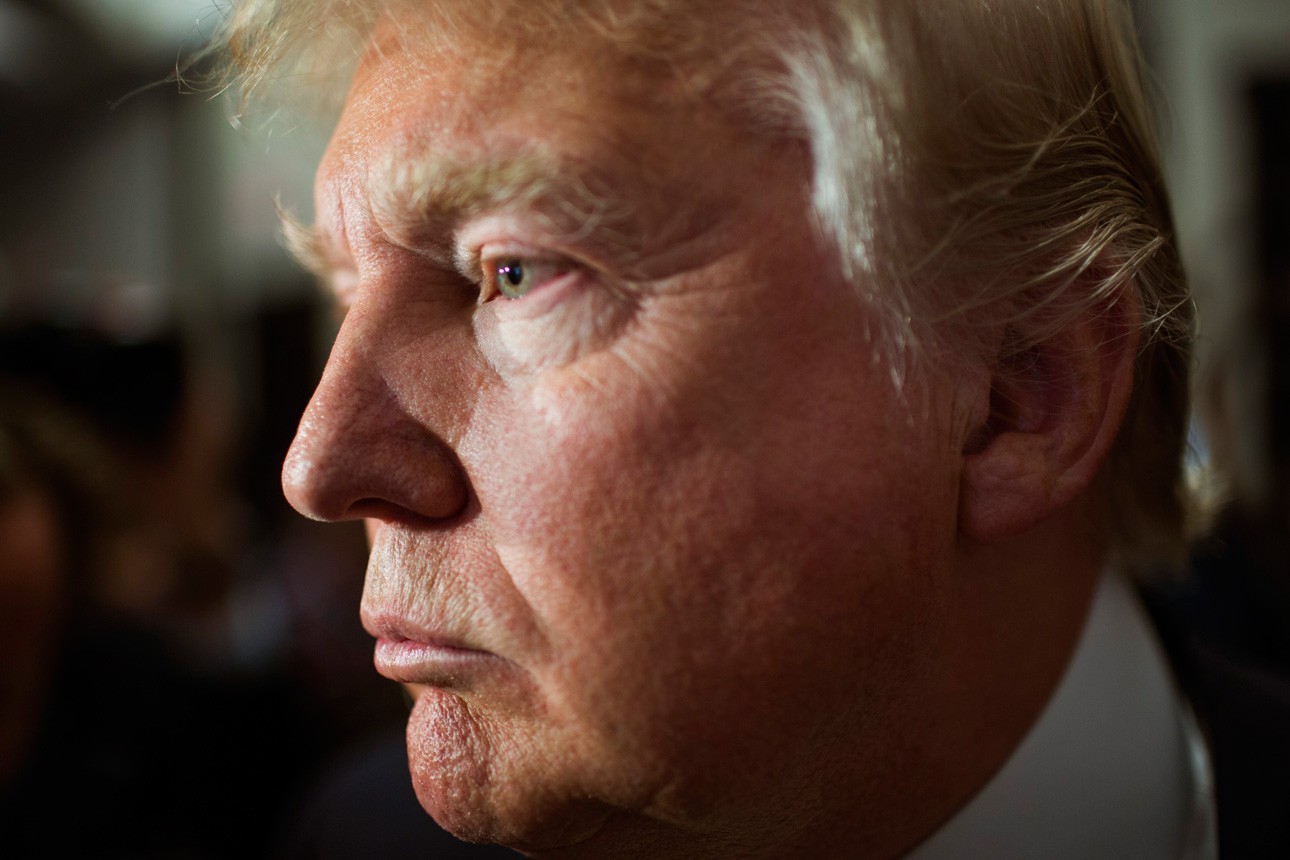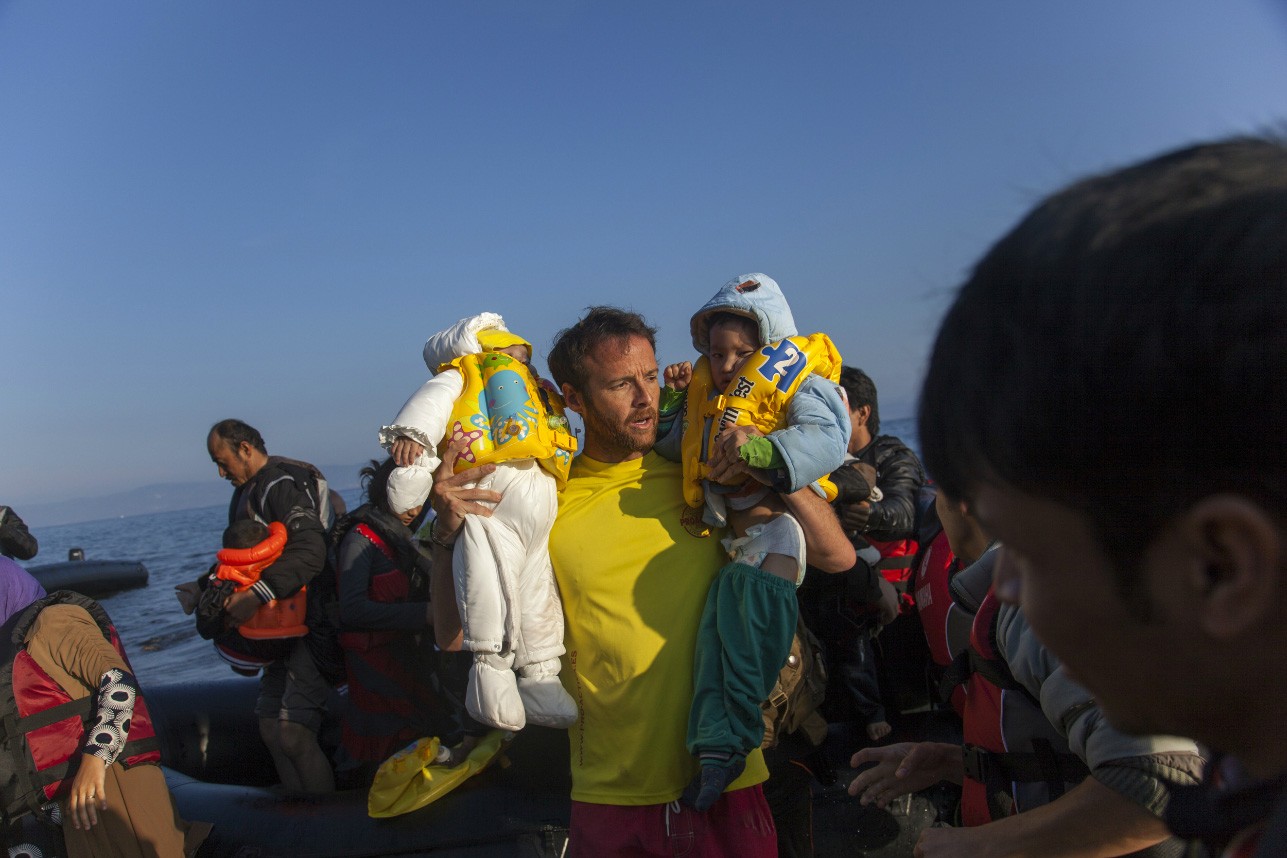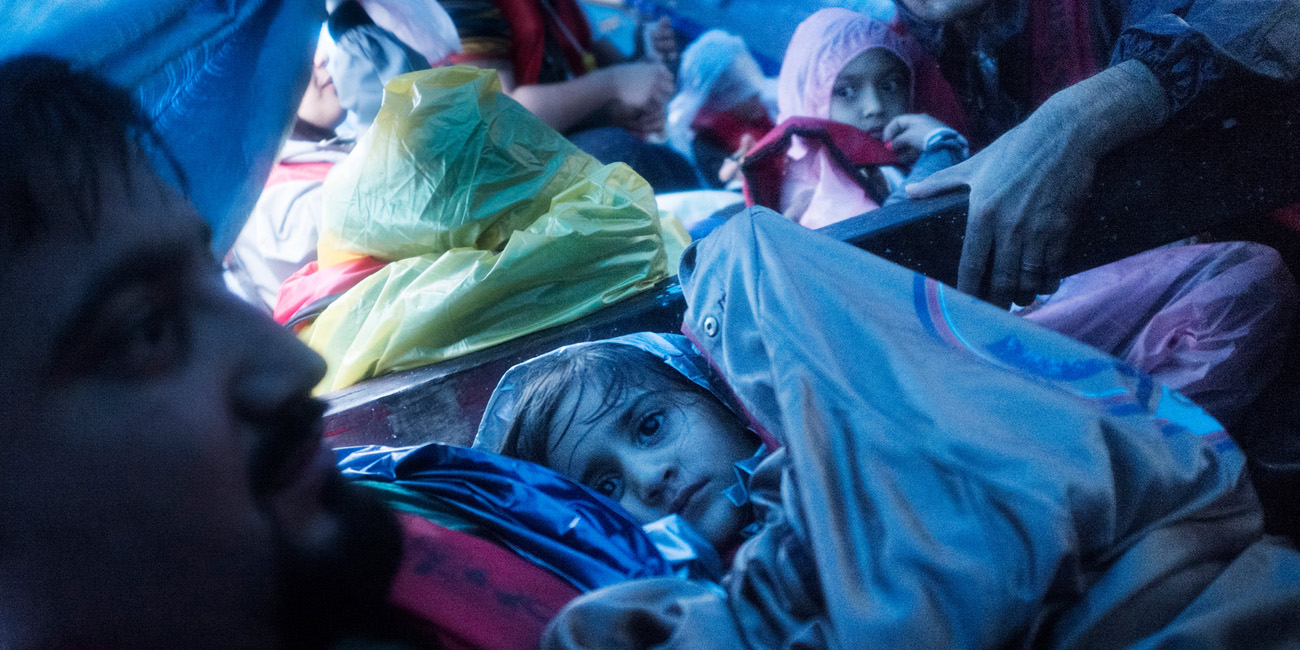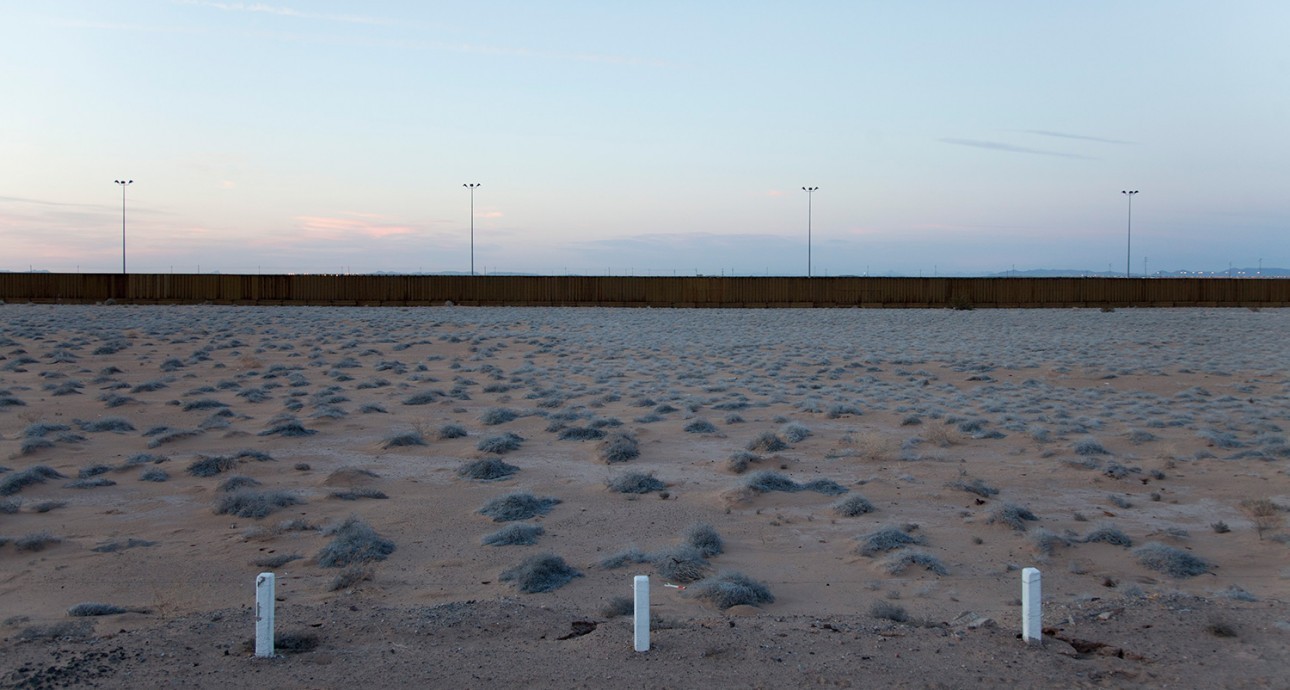
The Unimaginary Line: Mexico – United States Border Fence in Ignacio Evangelista’s Project

Spanish photographer, lives in Madrid. His works include both commercial assignments and personal projects that show the conflict between the natural and the artificial. His work has been on exhibition in galleries all around the world: at the Project Zentrum Berlin - Foundation Mercator in Berlin, the Colorado Photographic Arts Center in Denver, the Center for Contemporary Arts in Santa Fe, New Mexico, the Fotofilmic Travelling Exhibition at the DNJ Gallery in Los Angeles, Environmental Photographer Of The Year at the Royal Geographical Society in London. His photographic series shows the contradictory relationship between the animate and the inanimate.
In my work as a photographer I am very interested in the relationship between nature and the artificial, I also like to observe situations or locations where something seems to be out of place. There are two kinds of borders, natural borders, such as mountains or rivers, and artificial borders, where man decides where a state begins and ends. And the west border between Mexico and the USA brings these two together — and you think, why the hell does this fence cross the desert or the sea? I am interested in artificial borders because of the artificiality of the concept itself. I think it’s interesting to show the locations around the borders, to give a real and visible dimension, and visualize those colored areas on the map.
My goal is to get interesting and disturbing images that show the artificiality of the idea of boundary. I want to show the border lines that we see on the maps, these imaginary lines. This is where the name of this project — The Line on the Map — comes from. I don’t do photojournalism. I just like to find interesting and contradictory themes or situations and show them from a neutral perspective — and the spectator decides what they think about them.
My goal is to get interesting and disturbing images that show the artificiality of the idea of boundary. I want to show the border lines that we see on the maps, these imaginary lines.
Last spring, I applied to a residency program for photographers in Spain, called Transvisiones. I was very lucky because I won the residency in Mexico, in Sonora State, which is close to the border. Previously, I had a photo series called After Schengen that shows old border crossing points, abandoned and out of order, between different states in Europe. So, when I got the residency in Mexico, I had already decided to go to the border to take pictures.
It was a challenge to get to areas where I can take interesting images of the fence. In most of the places, it is better to travel with the locals, because of security reasons, but also because they can take you to areas outside the cities, where the fence is crossing the landscape, which are difficult to find for a foreigner traveling alone.
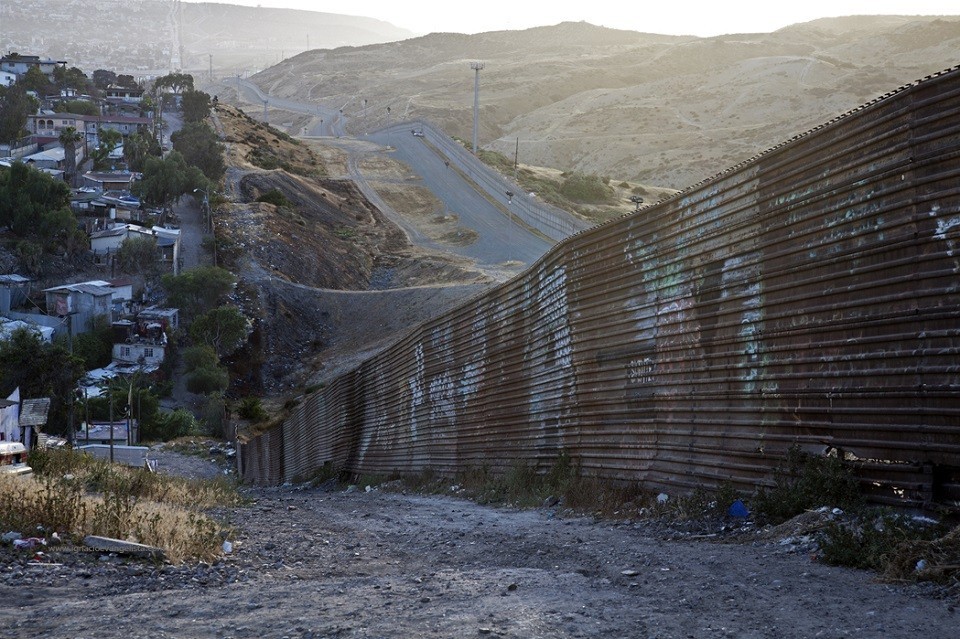
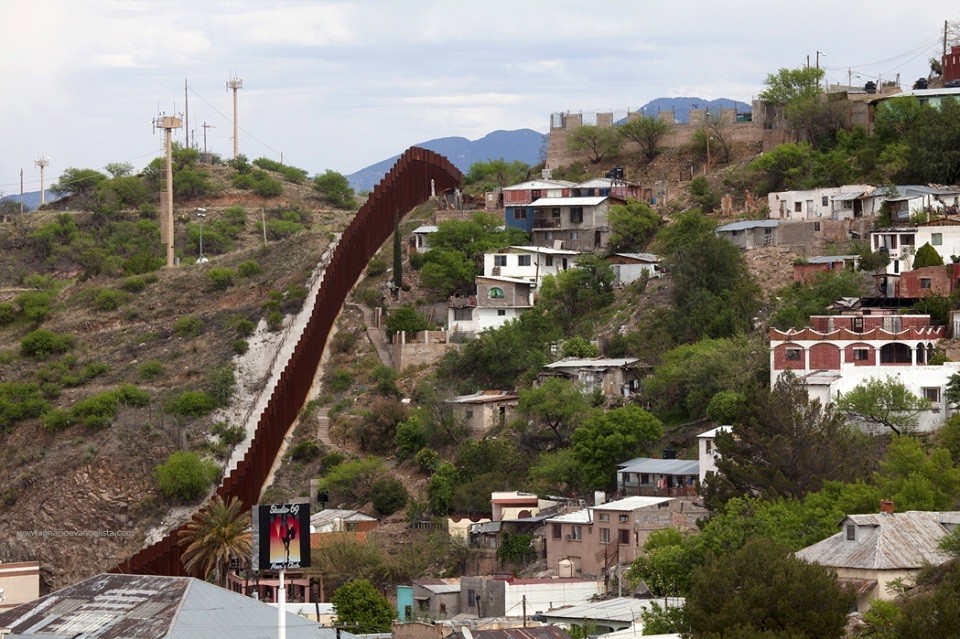
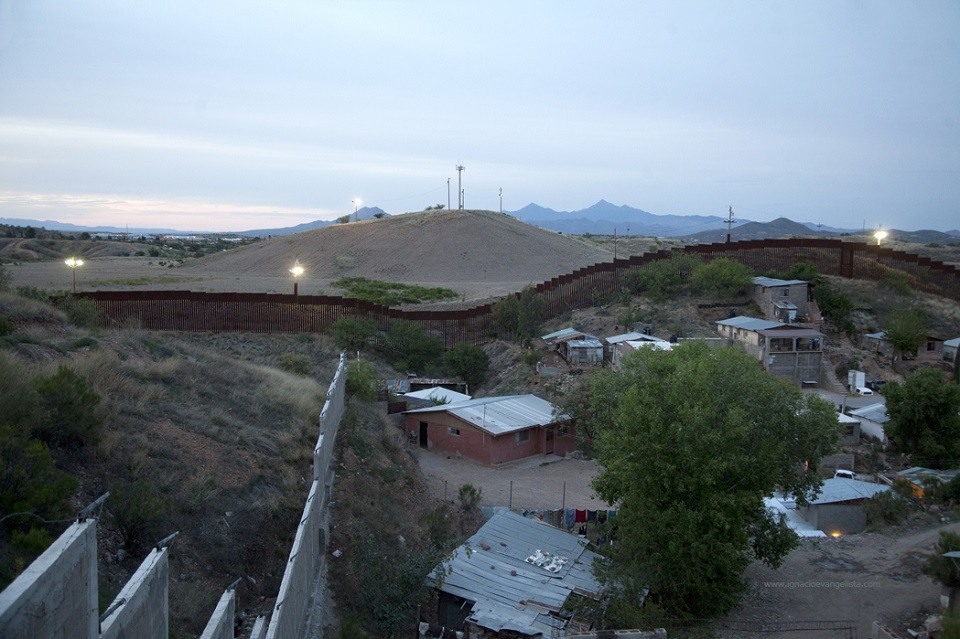
Since I was a child, I was fascinated by maps, because they give you the capacity of traveling all around the world, with your imagination. Every time I touched a wall on a shooting location, I imagined that I was touching a line on the map. Most borders are mental constructs — you cannot see the lines of the borders on the territory, as you are not able to see the Equatorial line or the Polar circle. But in the northwestern border between Mexico and the United States, that imaginary line becomes tangible.
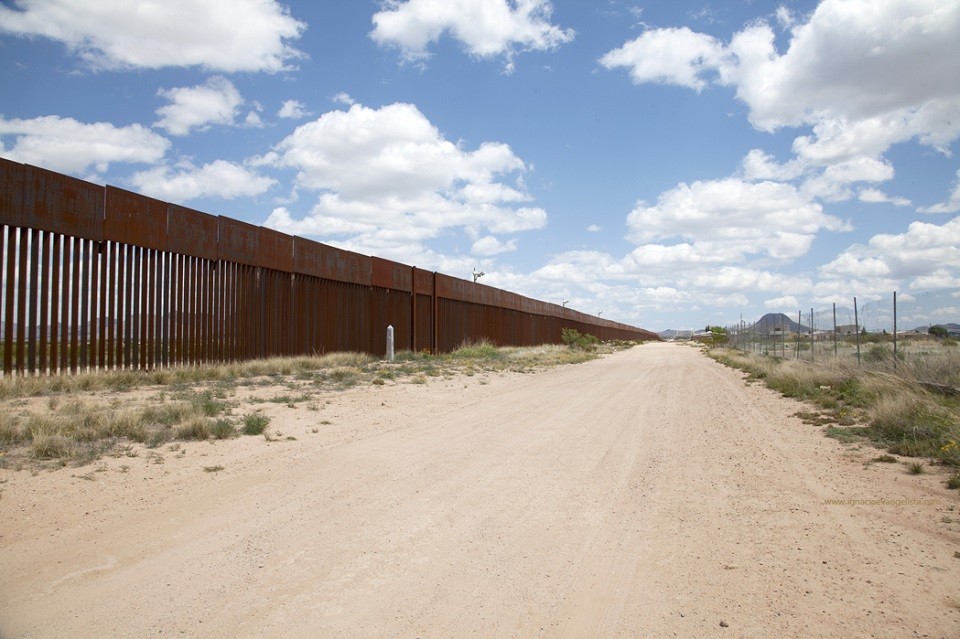
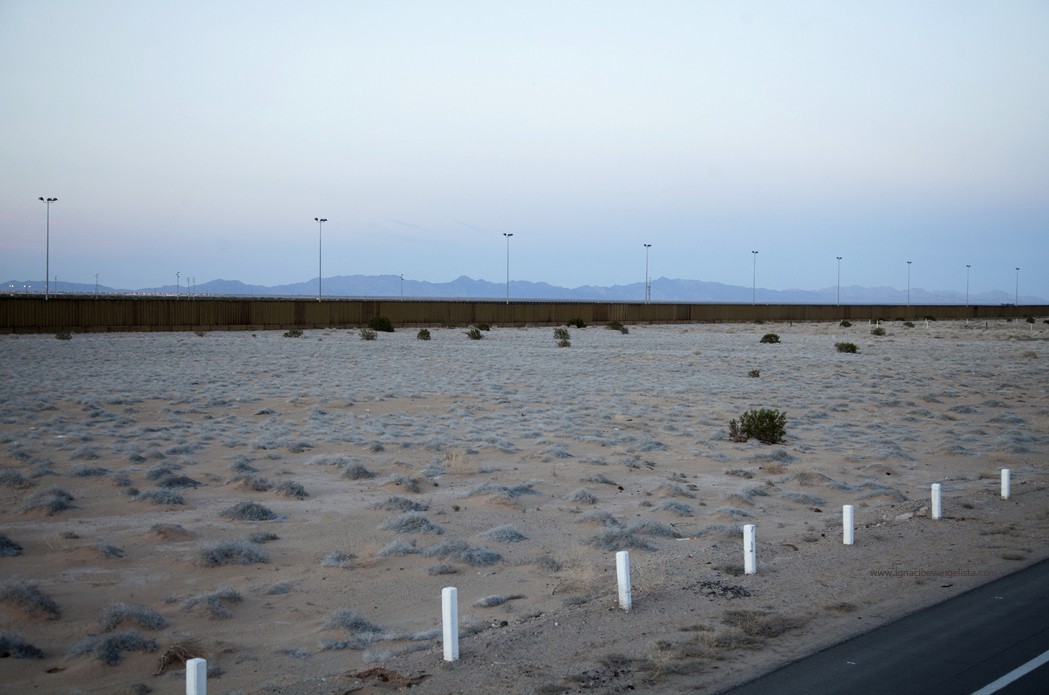
In some way this fence does remind me of the Great Wall of China — but the Great Wall of China was built as a defense from the invasions from foreign armies, and they made a beautiful architectural masterpiece. The USA-Mex fence has been built as defense from the “invasions” from people who are looking for a better life. I am sure they would prefer to stay in their countries, with their families, if they could make a living there. The fence is not exactly my idea of a beautiful masterpiece either.
It is clear that the problem begins in the original countries of the immigrants. But at the same time, I am sure building a longer and higher wall is not the solution. I feel ashamed that the fence exists, the same way I feel about most of the walls around the world. Hunger and fear know no fences.
New and best
